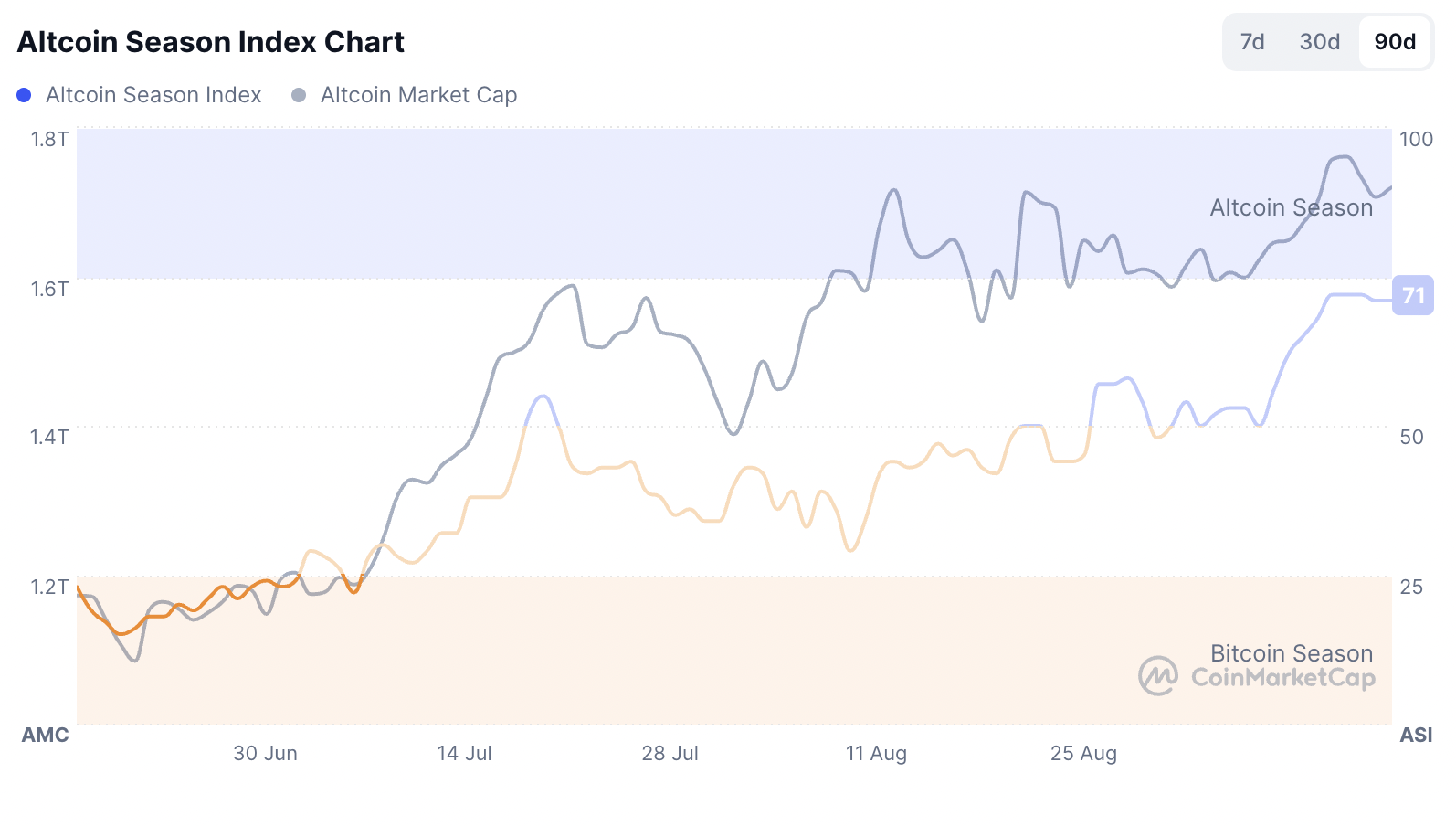The SEC’s streamlined crypto ETF listing process would shorten approvals to about 75 days and create a clear, rule-based path for issuers, likely increasing the number of spot crypto ETFs but not guaranteeing inflows; investor demand and underlying asset fundamentals will determine which ETFs succeed.
-
Faster approvals: ~75 days for compliant filings.
-
Number of listings likely to rise, but flows depend on asset demand.
-
Early data: Solana staking ETF saw a $12M debut inflow; broad altcoin rallies require deeper investor interest.
Primary keyword: SEC crypto ETF listing process — Learn how faster, rule-based approvals could increase ETFs and what drives real investor flows.
What is the SEC crypto ETF listing process and how would it change?
The SEC crypto ETF listing process currently reviews spot crypto ETF applications case-by-case, requiring extensive showing of market surveillance, liquidity and anti-manipulation measures. A proposed streamlined process would set precise standards that, if met, could cut review time to roughly 75 days and provide near-guaranteed approvals for compliant issuers.
How would a streamlined SEC process affect the number and success of crypto ETFs?
A clearer, faster approval pathway would likely produce a surge in new crypto exchange-traded products (ETPs). However, net inflows depend on investor demand for each underlying asset. Historical ETF rollouts show many listings do not attract capital unless the asset has fundamental interest and market momentum.
Bitwise chief investment officer Matt Hougan highlighted that generic listing standards — potentially implemented as early as October — would “usher in a ton of new crypto ETPs.” He added that the mere existence of a crypto ETP does not guarantee significant inflows; underlying asset interest is essential.
Hougan noted that ETPs built on less-demanded assets, such as Bitcoin Cash, may struggle to attract flows unless the asset itself gains renewed traction. Yet, a robust pipeline of ETFs positions the market to rally when fundamentals improve, as ETFs lower barriers for traditional investors to allocate capital to crypto.
Industry voices echo the caution. Sygnum research head Katalin Tischhauser observed frothy excitement about ETF approvals but questioned where substantial demand would originate. Bitfinex analysts suggested altcoins may not broadly rally until ETFs provide exposure further down the risk curve.
Real-world early signals are mixed. The U.S. first Solana (SOL) staking ETF closed its debut trading day with approximately $12 million in inflows, described by Bloomberg ETF analyst James Seyffart as a “healthy start to trading.” Two new U.S. altcoin ETFs tracking XRP and Dogecoin were expected to launch this week, underscoring the pace of product innovation under new expectations.

The Altcoin Season Index reached its highest score in 90 days on Sunday. Source: CoinMarketCap
Why won’t more ETFs automatically mean more investor money?
ETF listings simplify access but do not create investor demand by themselves. Institutional and retail flows are driven by:
- Fundamental interest in the underlying asset (use case, adoption, network metrics).
- Macro and risk-on/risk-off sentiment among traditional investors.
- Availability of diversified exposure or liquid markets for the specific token.
SEC reviews today can take up to 240 days with no approval guarantee. Under the proposed rules, compliant filings could be approved in approximately 75 days, making timing and standardization more predictable for issuers.
Frequently Asked Questions
Will faster SEC approvals mean immediate crypto market rallies?
Faster approvals may increase product launches, but immediate market rallies require investor demand. ETFs make capital allocation easier, yet rallies depend on asset-level fundamentals and macro conditions.
How should I evaluate a new spot crypto ETF?
Check liquidity of the underlying market, custody and surveillance details, initial inflows, and whether the token demonstrates growing adoption and use cases.
Key Takeaways
- Process clarity matters: A rule-based SEC process shortens review times and encourages issuers to file.
- Listings ≠ flows: ETF launches do not automatically translate to investor capital without underlying demand.
- Assess fundamentals: Investors should evaluate token fundamentals, custody, surveillance, and early inflow signals before allocating.
Conclusion
The proposed SEC crypto ETF listing process promises faster, more predictable approvals that should increase the number of spot crypto ETFs. However, fund inflows will continue to be governed by asset fundamentals and investor demand. Monitor custody, surveillance, and early trade flows to identify ETFs with the best potential for sustained capital allocation.







